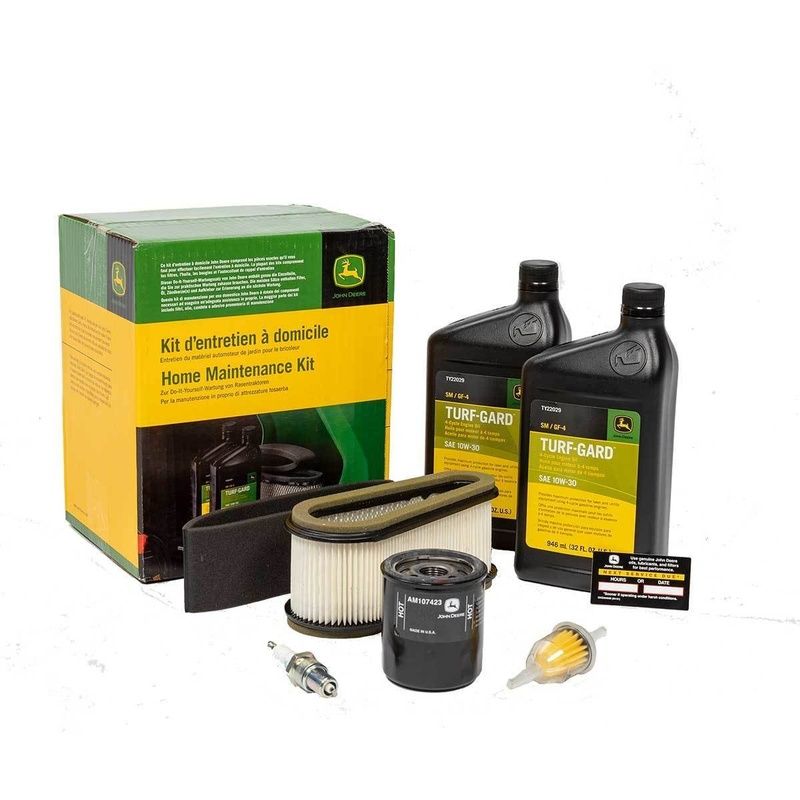
How to change spark plugs on a lawn mower
Old, dirty or fouled spark plugs won't be able to create the spark required to keep your engine running. If you're having trouble starting your engine or can't seem to keep it running, a worn out spark plug could be your issue. Replacing spark plugs should be part of your regular lawn mower maintenance. The job should take just a few minutes and only requires a handful of tools.
Required tools
- Wrench and spark plug socket or regular socket
- Spark plug gap gauge
Instructions
- Locate the spark plug(s). On a walk-behind or riding lawn mower, they're usually near the front of the engine. On zero-turns, look near the back of the engine on the sides.
- Disconnect the spark plug lead and clean around the spark plug to remove any debris.
- Remove the spark plug using a spark plug socket. Specialized spark plug sockets have rubber inserts to protect the plug's ceramic body, but a normal socket can be used if you don't have one.
- Check the gap on the spark plug and set it to the recommended size using a spark plug gap gauge if necessary. Spark plugs should come with the proper gap from the manufacturer, but it never hurts to double-check. The proper size for your engine can be found in your owner's manual.
- Replace the spark plug with the new one, starting it by hand to ensure the threads are aligning correctly. Once the plug is started, tighten it the rest of the way with the spark plug socket. Tighten it until the washer on the bottom of the spark plug compresses.
- Re-install the spark plug lead.
How to gap a spark plug
If the spark plug gap is too wide, gently press the gapped side against a hard surface. If it's too narrow, place the hole on the spark plug gauge over the ground electrode and carefully pry the gap open. Remeasure the gap and keep adjusting until it's correct. Be careful not to apply too much pressure or it may break.
If you need help finding parts for your lawn mower, call your local Hutson store. If you don't feel comfortable doing the maintenance yourself, schedule a service with us.

